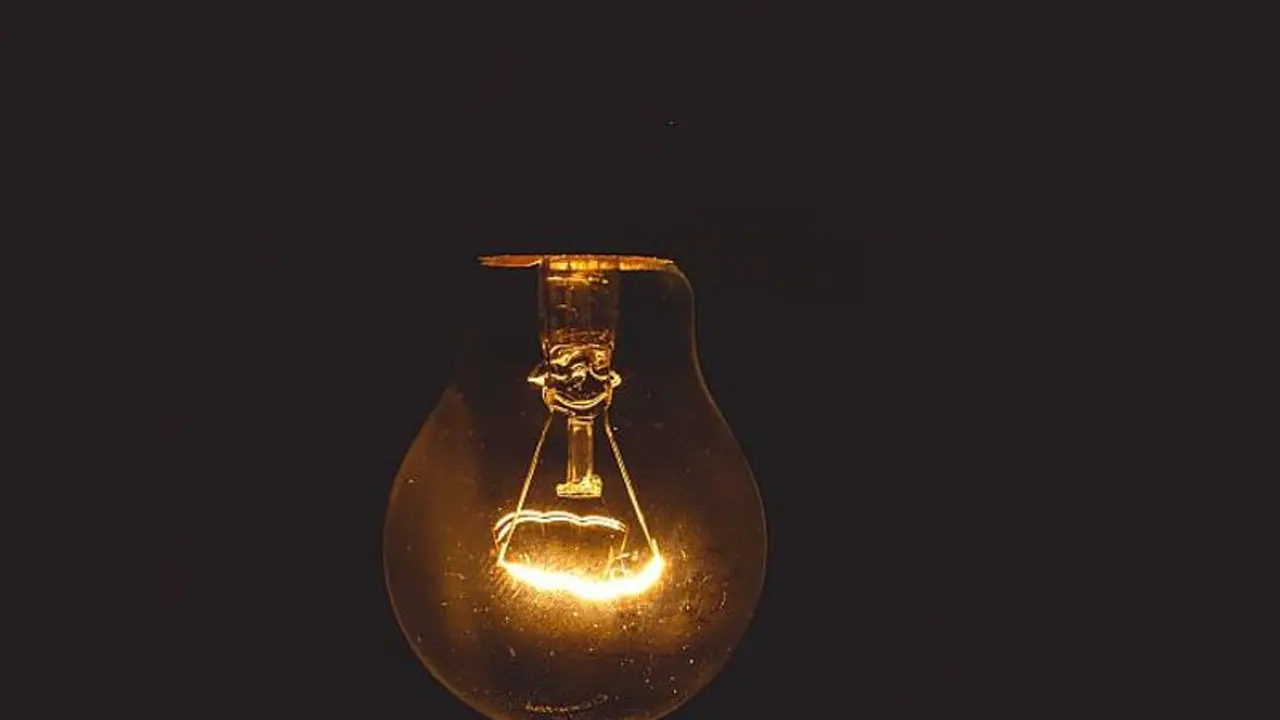Some parts of the country, like Jammu for instance, are witnessing the worst-ever electricity crisis.
Several parts of the country have been reeling under a scorching heatwave and acute shortage of coal supplies to thermal plants that have triggered power cuts. Some parts of the country, like Jammu for instance, are witnessing the worst-ever electricity crisis.

The shortage of coal is being felt in states like Andhra Pradesh, Bihar, Delhi, Goa, Haryana, Jharkhand, Jammu & Kashmir, Maharashtra, Madhya Pradesh, Odisha, Punjab, Tamil Nadu, Tripura, Uttar Pradesh, Uttarakhand, West Bengal, among others.
Also Read: Baby formula industry is misleading mothers: WHO explains
On Thursday evening, the Delhi government held an emergency meeting over the possible shortage of coal in thermal plants. The meeting, which was chaired by Delhi Power Minister Satyendar Jain, shot off a letter to the Narendra Modi government, seeking their intervention to ensure that the capital's residents get unrestricted power supply.
Two power plants of the National Thermal Power Corporation -- Dadri-II and Jhajjar (Aravalli) -- were set up to meet the electricity requirements of Delhi.
As per the minister, "There's a little stock of coal left here."
The Delhi minister has cautioned that the power supply may get affected if steps are not taken in time.
The national capital gets a maximum supply of power of 728 MW from the Dadri-II power station, followed by 100 MW from the Unchahar power station.
The end-users of electricity are facing power cuts ranging from two hours to eight hours every day across India.
Reasons for coal shortage
About 70 per cent of India's requirement for electricity is met by fossil fuels. As per the reports, the reduction in the availability of railway rakes has led to low inventories of coal at power gencos across the country. However, the Union government has insisted that there is no shortage of coal supplies.
The governments across the states have reduced the coal import amidst rising energy prices due to the war between Russia and Ukraine, which has crossed over two months.
What the Centre has to say?
While attributing the acute supply of power in the country to a big jump in consumption, Union Power Minister RK Singh has also accused state governments of faulty planning.
"There are going to be some shortages because there are states which haven't made the payments to gencos. In other places, they might not lift coal (even if the fuel was made available). Part of the crisis is due to their (states) wrong planning," RK Singh told.
He said that the power demand has gone up by 20 per cent against the pre-Covid level.
The minister further added that the coal companies have increased their production from a level of 569MT in FY20 to 665MT in FY22, up 15 per cent. But the demand has grown even faster.
RK Singh also stated that state-managed discoms owed an overdue of Rs 1.05 trillion to gencos as of date.
The Centre had issued a directive to state gencos to import up to 10 per cent of coal requirement from abroad for blending.
States like Karnataka, Tamil Nadu, Gujarat and Maharashtra have stepped up coal imports from abroad while others are yet to take measures.
Power demand peaks
April 27 witnessed the peak power demand met or the highest supply at 200.65 GW and the peak power shortage was 10.29 GW.
Uttar Pradesh has a 3,000 MW deficit while the total demand stands at 23,000 MW. The deficit has resulted in the load shedding in rural areas and small towns.
Kashmir valley has also been facing a huge crisis as the supply in the month of April stands at around 900 to 1,100 MW while the demand was 1,600 MW.
A similar situation is being faced in Tamil Nadu and Andhra Pradesh. They have a shortfall of 750MW and 50MU (million units), respectively.
Situation in Jharkhand
Admitting that his government has not been able to meet the peak demand, Jharkhand Chief Minister Hemant Soren said that the additional funds have been made available to procure electricity from the market.
Former Indian cricket team captain MS Dhoni's wife Sakshi Singh Rawat, had posted on Twitter, "As a taxpayer of Jharkhand just wants to know why is there a power crisis in Jharkhand since so many years?"
"We do our part by consciously ensuring we save energy," she said.
In a tweet, Jharkhand MLA Saryu Roy said, "Demand was made for 35,557MW-45,555MW of power but got only 190-300MW. Jharkhand demanded 1000MW but got 100MW only at a maximum price of Rs 12 per MW." He had also shared the details of demand and sale of power.
Chitranjan Singh, an entrepreneur based in Ranchi, told Asianet Newsable, "We have been facing a power crisis for over a week now. We only get 12 hours of electricity supply."
"The shortage of electricity has upset all folks here in Ranchi. The studies of children, businesses and industrial works have got affected," Chitranjan Singh added.
The Problem in Bihar
Bihar is also facing a power deficit of 200-300MW per day because of rising consumption due to scorching heatwaves across the state.
Its consumption is around 6,000 MW per day and the availability of power from different sources is 5,000 to 5,200 MW only. "However, almost daily we are purchasing around 600 MW from the facility exchange at higher rates for our consumers within the state," Sanjeev Hans, Secretary of the Department of Energy (Bihar), said.
In FY2021-22, India had imported 173.32MT of coal from Indonesia, Australia, South Africa and the US.
In June 2020, the government had put 41 mines on the block to reduce import dependency by encouraging commercial mining of coal.
India has witnessed a sharp dip in the import of all grades of non-coking coal, as per the government data.
In FY2022-23, the govt expects to chop coal imports by around 35-40 million tonnes.
Also Read: Chocolate made in Belgium factory triggers global health alert
